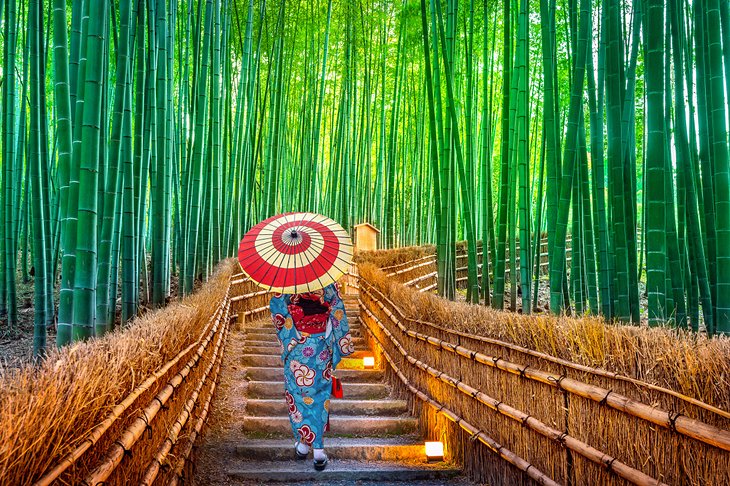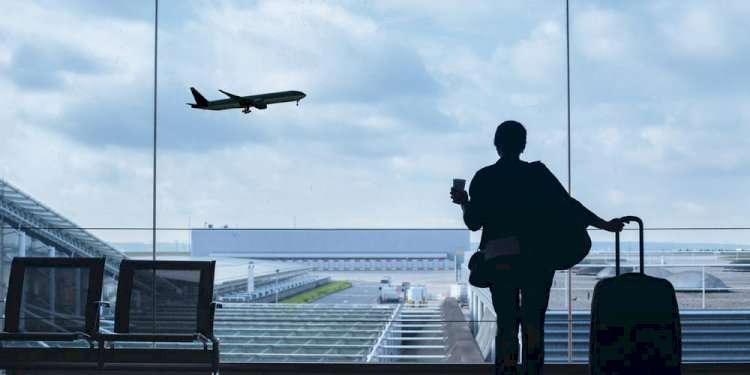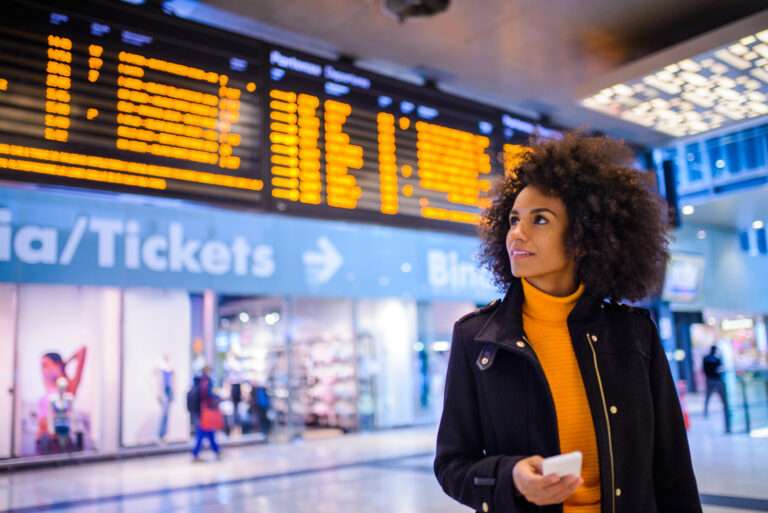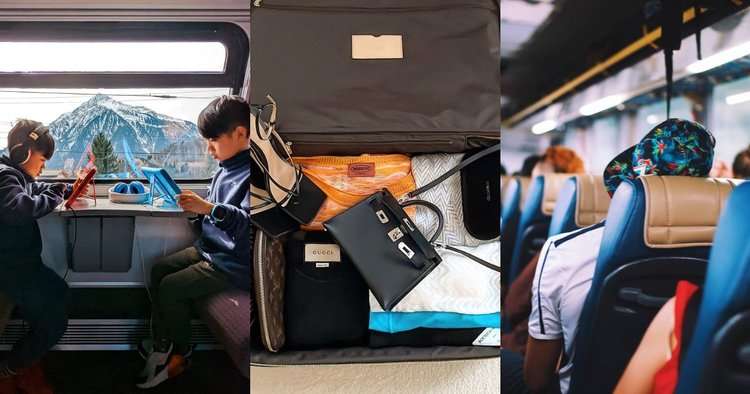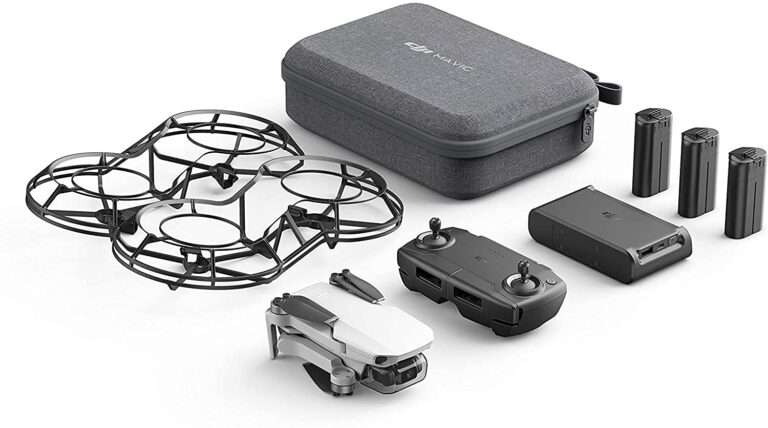Are you excited about an upcoming trip to Japan, but still haven’t settled on what you want to do once you arrive? This 10 day itinerary offers a perfect blend of cultural experiences, unique restaurants, and relaxing day trips, all while sticking to a budget of $300 per day for hotels, food, and activities.
Day 1: Arrival in Tokyo
- Accommodation:
- Mid-range: Check into Hotel Sunroute Plaza Shinjuku. It’s located in the heart of Shinjuku, offering easy access to shopping, dining, and transportation. Rooms are modern and comfortable.
- Luxury: For a more luxurious stay, consider The Ritz-Carlton Tokyo in Roppongi. This hotel offers stunning city views, exceptional service, and top-notch amenities.
- Dinner:
- Torikizoku: An izakaya chain popular for its affordable and delicious skewers. It’s a great introduction to Japanese pub food, offering a variety of grilled meats and vegetables, perfect for an easy and satisfying meal after a long flight.
Day 2: Explore Tokyo
- Morning:
- Meiji Shrine: Located in a tranquil forested area in Shibuya, this Shinto shrine is dedicated to the deified spirits of Emperor Meiji and his consort. It’s a peaceful escape from the bustling city.
- Yoyogi Park: Adjacent to the Meiji Shrine, this large park is a popular spot for picnics, jogging, and people-watching. On weekends, you might catch street performers and local bands.
- Afternoon:
- Harajuku: Visit Takeshita Street, known for its quirky shops, colorful fashion, and delicious street food like crepes and rainbow cotton candy.
- Omotesando: A short walk from Harajuku, this tree-lined avenue is Tokyo’s Champs-Élysées, home to upscale boutiques, cafes, and the stunning Tokyu Plaza Omotesando Harajuku shopping complex.
- Evening:
- Shibuya Crossing: Experience the world’s busiest pedestrian crossing. Head to the Starbucks in the QFRONT building for a great view of the scramble.
- Dinner at Ichiran Ramen: Famous for its individual dining booths and delicious tonkatsu ramen, it’s an iconic Tokyo dining experience. The ordering process is also an interesting experience with vending machine tickets and personalized ramen preferences.
Day 3: Day Trip to Nikko
- Intercity Travel:
- Tobu Limited Express: From Asakusa Station to Nikko, a scenic 2-hour journey.
- Visit:
- Toshogu Shrine: A UNESCO World Heritage Site, this ornate shrine is dedicated to Tokugawa Ieyasu, the founder of the Tokugawa shogunate.
- Kegon Falls: One of Japan’s most famous waterfalls, located at Lake Chuzenji in Nikko National Park. An elevator takes you down to a viewing platform.
- Lake Chuzenji: A beautiful lake located at the foot of Mount Nantai. Great for a boat ride or a lakeside walk.
- Evening:
- Return to Tokyo:
- Dinner at Sushi Zanmai: Located in Tsukiji, this chain is known for its fresh and reasonably priced sushi. It’s open 24/7, so it’s convenient for a late return dinner.
Day 4: Tokyo
- Morning:
- Asakusa: Visit Senso-ji, Tokyo’s oldest temple. The Nakamise shopping street leading to the temple is lined with stalls selling traditional snacks and souvenirs.
- Afternoon:
- Ueno Park: A spacious public park that houses several museums, including the Tokyo National Museum, Ueno Zoo, and Shinobazu Pond. It’s a great place to relax and enjoy nature.
- Tokyo National Museum: Located in Ueno Park, this museum is Japan’s oldest and largest museum, with a vast collection of art and artifacts spanning Japanese history.
- Evening:
- Akihabara: Explore the electronics district, famous for its many electronics stores, anime, manga shops, and themed cafes. For dinner, try one of the themed cafes or a traditional meal at one of the many restaurants.
Day 5: Day Trip to Kamakura
- Intercity Travel:
- JR Yokosuka Line: From Tokyo Station to Kamakura, approximately a 1-hour journey.
- Visit:
- Great Buddha (Daibutsu): This iconic bronze statue, located in Kotoku-in Temple, is one of Japan’s most famous landmarks.
- Hasedera Temple: Known for its beautiful gardens, this temple offers stunning views of the coastal city and the sea.
- Tsurugaoka Hachimangu Shrine: Kamakura’s most important Shinto shrine, dedicated to the samurai deity Hachiman.
- Evening:
- Return to Tokyo:
- Dinner at Omoide Yokocho: Also known as “Memory Lane” or “Piss Alley,” this narrow alleyway in Shinjuku is packed with tiny bars and eateries serving yakitori (grilled chicken skewers) and other Japanese dishes.
Day 6: Tokyo to Kyoto
- Intercity Travel:
- Shinkansen (Bullet Train): From Tokyo to Kyoto, approximately a 2.5-hour journey. The JR Pass is highly recommended for unlimited travel on JR trains.
- Accommodation:
- Hotel Gracery Kyoto Sanjo: A ryokan-style hotel offering a blend of traditional Japanese and modern Western amenities. Located in a central area, it provides easy access to many of Kyoto’s attractions.
- Afternoon:
- Fushimi Inari Shrine: Famous for its thousands of vermilion torii gates, this shrine offers a scenic hike up the sacred Mount Inari.
- Dinner:
- Gion Nanba: Enjoy a kaiseki meal, a traditional multi-course dinner that emphasizes seasonal ingredients and meticulous presentation.
Day 7: Kyoto
- Morning:
- Kinkaku-ji (Golden Pavilion): This Zen Buddhist temple is one of Kyoto’s most iconic sites, with its top two floors completely covered in gold leaf.
- Afternoon:
- Ryoan-ji Temple: Known for its famous rock garden, this temple offers a peaceful and contemplative experience.
- Evening:
- Gion District: Explore Kyoto’s historic geisha district. Walk along Hanamikoji Street and Pontocho Alley, where traditional tea houses and restaurants are located.
- Dinner at a Traditional Tea House: Experience Kyoto’s refined dining culture with a traditional meal in one of Gion’s tea houses.
Day 8: Day Trip to Nara
- Intercity Travel:
- JR Nara Line: From Kyoto Station to Nara, approximately a 1-hour journey.
- Visit:
- Todai-ji Temple: Home to the world’s largest bronze statue of the Buddha Vairocana and one of Japan’s most significant temples.
- Nara Deer Park: Interact with the friendly, free-roaming deer that are considered sacred messengers of the gods in the Shinto religion.
- Kasuga Taisha Shrine: Famous for its many bronze lanterns and serene forest setting.
- Evening:
- Return to Kyoto:
- Dinner at Nishiki Warai: Enjoy okonomiyaki, a savory Japanese pancake made with various ingredients, in the lively Nishiki Market area.
Day 9: Kyoto
- Morning:
- Arashiyama Bamboo Grove: A beautiful bamboo forest offering a unique and serene walking experience.
- Tenryu-ji Temple: A UNESCO World Heritage Site with stunning gardens and views of the Arashiyama mountains.
- Afternoon:
- Hozu River Boat Ride: Take a scenic boat ride through the Hozu River’s picturesque gorge.
- Monkey Park Iwatayama: Located on a small mountain in Arashiyama, this park offers close encounters with wild monkeys and panoramic views of Kyoto.
- Evening:
- Dinner at Izuju: Enjoy traditional Kyoto-style sushi, including sabazushi (mackerel sushi) and inarizushi (sushi rice in fried tofu pockets), at this renowned restaurant near Yasaka Shrine.
Day 10: Departure
- Morning:
- Last-minute Sightseeing or Shopping: Visit any remaining sights or do some last-minute shopping for souvenirs.
- Afternoon:
- Travel Back to Tokyo: If your flight is from Tokyo, take the Shinkansen back to Tokyo and prepare for departure.
Accommodation Options
Tokyo:
- Budget: Capsule hotels like 9 Hours Shinjuku-North offer a unique and affordable experience.
- Mid-range: Business hotels like Hotel Sunroute Plaza Shinjuku provide comfort and convenience.
- Luxury: High-end hotels like The Ritz-Carlton Tokyo offer exceptional service and amenities.
Kyoto:
- Budget: Guesthouses like K’s House Kyoto are great for budget-conscious travelers.
- Mid-range: Ryokan-style hotels like Hotel Gracery Kyoto Sanjo provide a blend of traditional and modern comforts.
- Luxury: Traditional ryokan like Hiiragiya offer an immersive Japanese experience with tatami rooms and kaiseki meals.
Forms of Intercity Travel
- Shinkansen (Bullet Train): The most efficient way to travel long distances between cities like Tokyo and Kyoto. The JR Pass offers unlimited travel on JR trains, making it a great value.
- Limited Express Trains: Ideal for day trips to places like Nikko and Kamakura, offering comfort and speed.
- Local Trains: Efficient and budget-friendly for shorter distances within cities and their outskirts.
- Buses: An alternative for some routes, often providing scenic views, though typically slower than trains.
Budget Considerations
- Exchange Rate (as of June 2024): 1 USD ≈ 140 JPY.
- Daily Budget: $300 per day (approx. 42,000 JPY) split between $150 for hotels and $150 for food and activities, allowing for comfortable mid-range travel.
Unique Restaurants to Include
- Ninja Akasaka (Tokyo): A ninja-themed restaurant offering a fun and unique dining experience with ninja performances.
- Robot Restaurant (Tokyo): An entertaining dinner show featuring robots, lasers, and vibrant performances.
- Kichi Kichi Omurice (Kyoto): Famous for its fluffy omurice and the entertaining chef’s theatrical cooking style.
This 10 Day Japan itinerary offers a balanced mix of iconic sights, cultural experiences, and unique dining, ensuring a memorable trip to Japan within budget. Enjoy the adventure!
